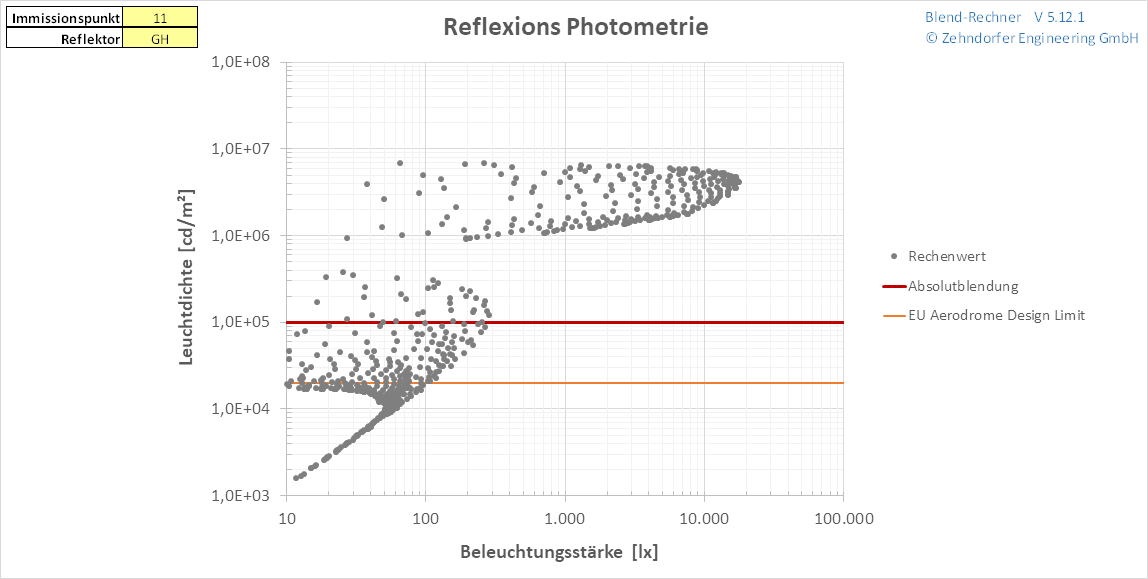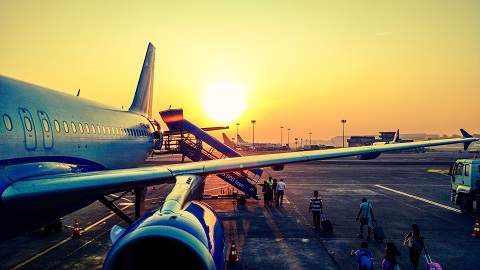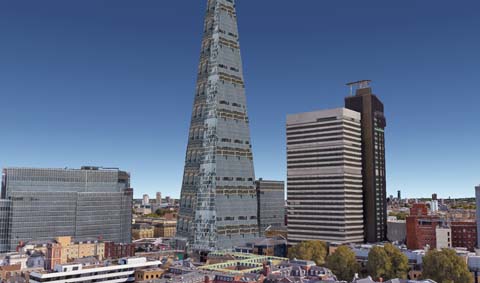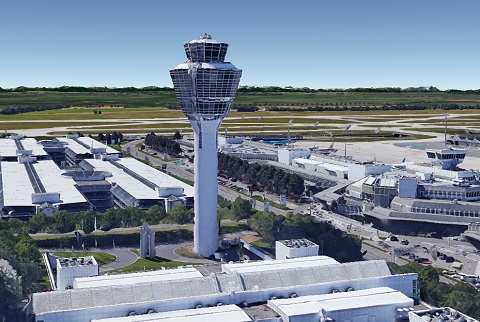Photometry - Solar Glare Assessments

The impression of brightness in the human eye is determined by the Luminance, measured in cd/m² (Candela per square-meter). The brightness of a surface is defined by the value of the Illumination, measured in lx (Lux).
Solar Glare Assessment for Dubai Airport

PV-Roof-Top with Megawatt-Size
Dubai Airport Terminal 2, which has been around since 1998, at this moment is undergoing renovation and expansion, having its capacity doubled. The flat roof of the Terminal with its size of 63,000m² is an ideal site for a PV-plant. On one hand, the un-shaded area offers a lot of space for a PV-park under Dubai's sun. On the other hand, the generated electricity will be consumed in the terminal building directly under it, which will result in first-class efficiency with its short connection cables. While other utility-size power plants need expensive transformers and long transmission cables to feed-in electricity, this particular PV-plant can be connected directly to the main distribution board of the building.
Glint and Glare
Due to heavy traffic at the airport, pilots and air traffic controllers must not make any mistake. Reflections of glass surfaces could blind airport personnel at the tower. Since they have to be able to view the runways, rollways and approach sectors any time and without obstruction, reflections from PV-panels could pose a glaring hazard. In the case an air traffic controller has no visual contact to the airplanes, he has to rely completely on radar-based instruments and therefore needs to increase airplane distances of starting and landing airplanes, to provide additional safety. This increase in airplane distances costs the airport valuable time - the capacity of its runways is reduced.
Solar Glare Assessment of The Shard

(c) 2018 Google
Data SIO, NOAA, US Navy, NGA, GEBCO
London, UK - Zehndorfer Engineering has finished a Glint and Glare Study of the glass facades of The Shard. The purpose of the study was the investigation of the sun reflections on the many glass facades of the high-rise building, which has reportedly caused dazzling among train drivers on the south-eastern train tracks leading to the London Bridge Terminal. Not far from the place of investigation, in 20 Fenchurch street, another building had been destroying a car when its facade reflected sun rays. While the effect of the reflections in this case are not that harmful, they still can be a nuisance for traffic and neighbours. In order to develop a full understanding of the buildings glare impact a glare simulation was done for several points of interest such as the train tracks, neighbouring roads and an adjacent building.
Safety of Photovoltaic Installations in case of Fire

(c) ORF
On the occasion of a major fire in a maritime yard in Carinthia, Austria Mr. Jakob Zehndorfer, Expert Witness for Photovoltaics was interviewed by Austrian TV-Channel ORF, regarding the safety of Photovoltaic Installations in case of Fire. The roof of the building had been equipped with a commercial photovoltaic plant, which in case of fire can be uneasy for firemen. However, with the right approach, firefighting with a photovoltaic installation is no more dangerous that without.
Glint and Glare Assessment at the airports of Munich and Paderborn

(c) 2017 DigitalGlobe, Landsat / Copernicus


